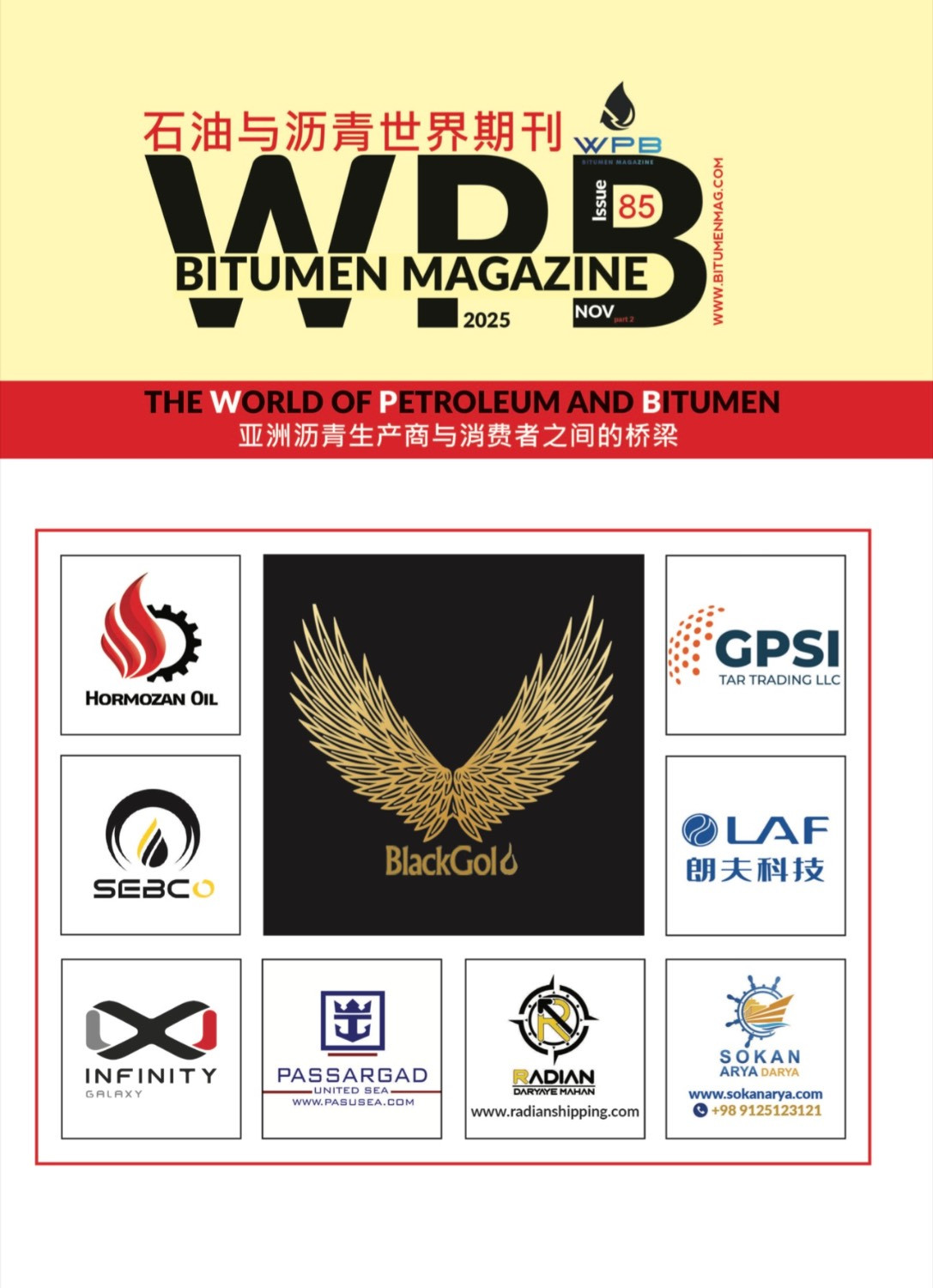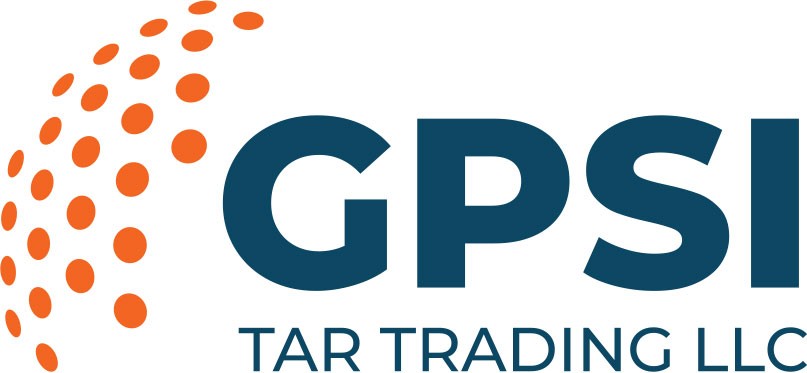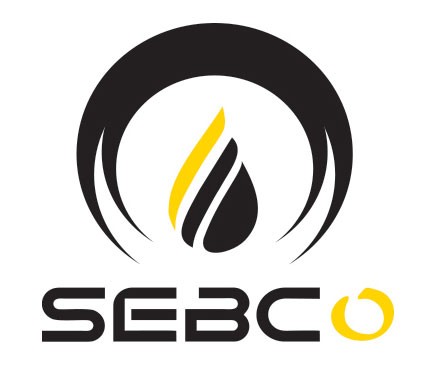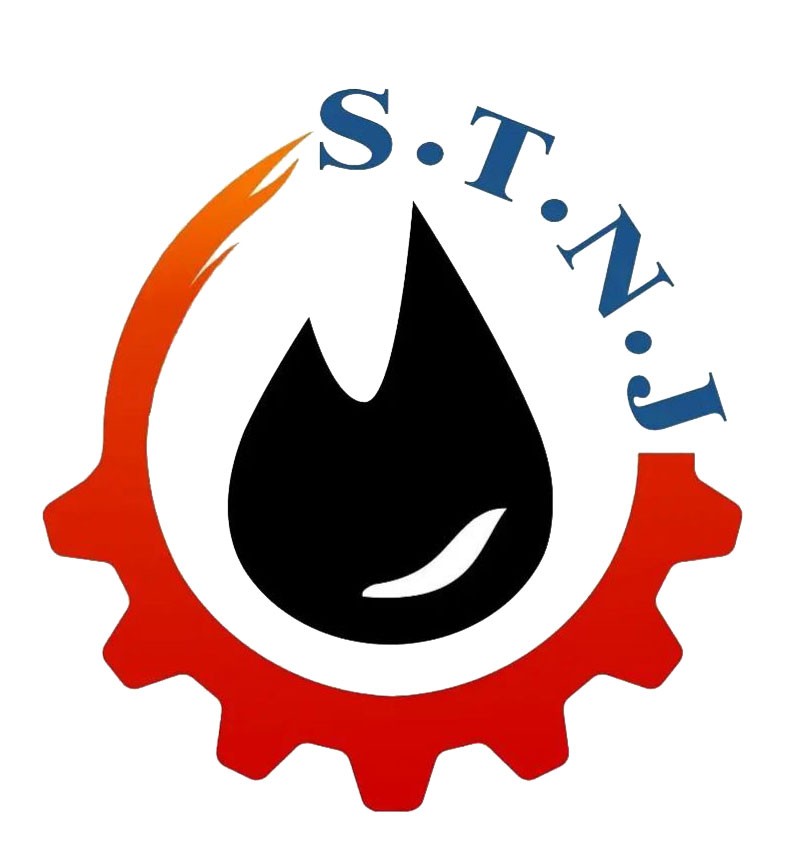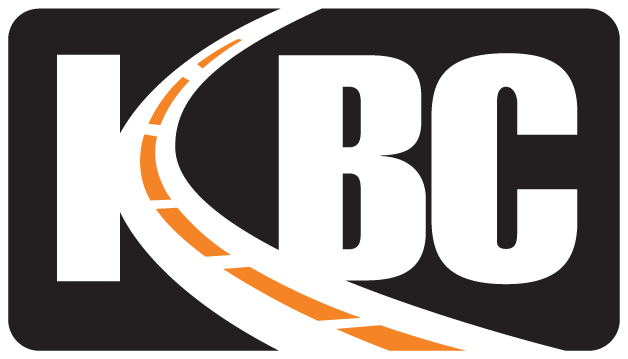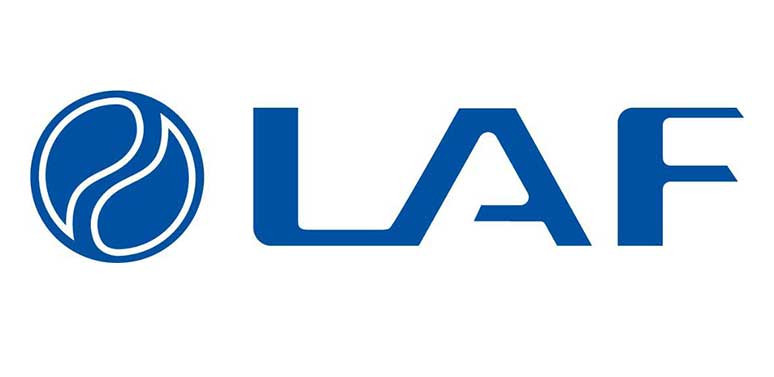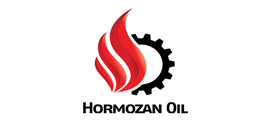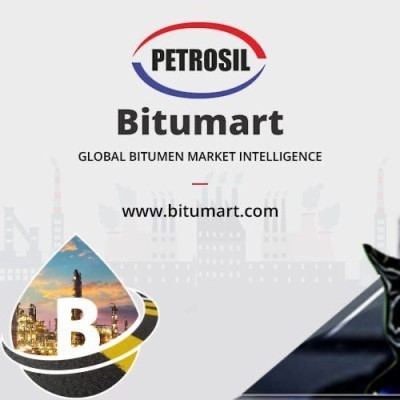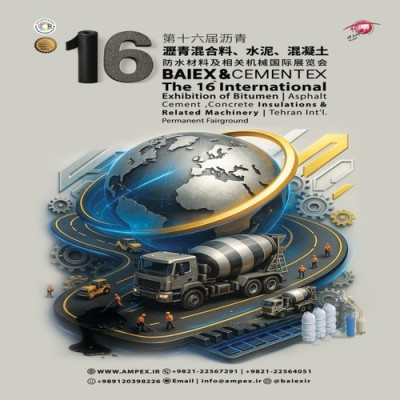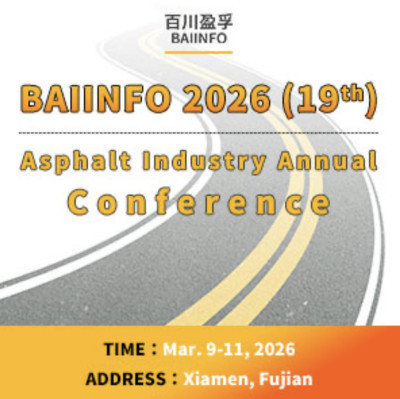According to WPB, In mid‑2025, the East African Crude Oil Pipeline (EACOP), a 1,443‑kilometer pipeline stretching from Uganda to the Tanzanian coast, surged back into global headlines — not only as a fossil‑fuel supply conduit, but as a possible hidden driver in the global bitumen (asphalt/ heavy‑oil) economy. Originally conceived to export Uganda’s crude oil to world markets, EACOP may have much larger ramifications: reshaping supply chains of heavy petroleum derivatives, influencing regional infrastructural asphalt capacity, and provoking waves of geopolitical, environmental and social conflict. The stakes now transcend East Africa: EACOP stands at a crossroad of urban growth, climate debate and the future of road-building materials worldwide.
From a technical standpoint, EACOP's crude is expected to be heavy to semi‑heavy — characteristics that make it attractive for downstream conversion into bitumen and asphalt binder, rather than only being refined into light fuels. When the pipeline becomes operational — forecast around 2026 — it could deliver up to 246,000 barrels per day. This volume, if diverted to bitumen production, could meaningfully shift the balance of global supply — especially for regions dependent on imports of heavy‑oil derived asphalt, such as parts of Africa, South Asia, and certain tropical climates where road-building demand is rising.
Moreover, EACOP promises to foster a new export corridor for bitumen, reducing reliance on traditional exporters in the Middle East, Russia, or Southeast Asia. African economies long overshadowed in global petroleum trade may emerge as key bitumen suppliers — offering a regional alternative to the global north–south dependency. In practice, this could lower cost and delivery times for road‑building materials across equatorial and tropical zones, where high‑temperature asphalt resilience is crucial. Exporters such as Uganda and Tanzania might benefit not only economically but also politically — gaining influence among recipient nations investing in infrastructure.
However, the path from crude‑oil pipeline to asphalt market is not straightforward, and the challenges facing EACOP are vast — many of them already unfolding. Civil society and environmental organizations persistently warn against the pipeline’s social, ecological, and human‑rights costs. More than 13,000 individuals have been displaced along the pipeline route; many claim inadequate compensation and severe disruption to livelihoods. The fugitive compensation schemes, vague or coercive land acquisition practices, have led to food insecurity, forced relocation, and community destabilization — factors that significantly undermine the social license of any future heavy‑oil derived infrastructure operations.
Ecologically, EACOP slices through 44 protected areas and multiple biodiversity hotspots, including routes near national parks and sensitive freshwater ecosystems. Such intrusion heightens the risk of oil spills, long‑term habitat destruction, and irreparable biodiversity loss. For a product like asphalt — whose production and eventual deployment already carries environmental burdens — scaling up bitumen output under such conditions poses serious sustainability dilemmas. International environmental NGOs have urged insurers and banksto pull out; by 2025, more than 30 insurers and 43 banks had publicly denied financing or underwriting EACOP.
But the repercussions extend beyond mere environmental concerns. EACOP has become a flashpoint in East Africa for human rights disputes, state repression, and silencing of dissent. Peaceful protesters have been arrested; community voices demanding fair compensation or environmental assessments have faced intimidation and legal pressure.
Such tensions threaten the stability of the project, and raise questions about corporate responsibility, international finance morality, and the genuine long-term benefit to local populations.
From a market standpoint, the volatility introduced by these conflicts may deter serious bitumen‑processing investments. Refineries or bitumen‑oriented petrochemical plants require stable feedstock supplies, social license to operate, and long-term environmental compliance — all currently uncertain given the protests, financing withdrawals, and regulatory scrutiny. Furthermore, ready markets in Europe and North America increasingly favor low-carbon or recycled materials; adding bitumen from East Africa may face both regulatory and public-relations headwinds.
Yet proponents of EACOP argue that if properly managed — with transparent compensation, environmental safeguards, and internationally verified standards — the pipeline could provide a viable, lower-cost source of heavy crude, and thereby reduce the cost of road infrastructure in many developing countries. For nations suffering from poor road connectivity, especially in high-precipitation or tropical zones, access to cheaper asphalt materials could support development of transport, commerce, and regional integration. The economic incentive remains considerable, which is why major stakeholders like the French company TotalEnergies and China’s CNOOC remain committed.
Furthermore, by creating an oil‑export infrastructure that links remote inland resources to the global market via the Indian Ocean, EACOP could shift the center of gravity of the global heavy‑oil trade. It would blur the traditional dominance of Middle Eastern producers and redirect a portion of heavy‑oil supply chains through Sub‑Saharan Africa — potentially reducing shipping distances to South Asia or Southeast Asia, decreasing delivery times, and changing the economics of asphalt export.
Still, the conversion from crude supply to functional bitumen hinges on investment in refineries or upgrading facilities — not yet broadly in place in Uganda or Tanzania. Without those, crude may end up refined into light products, with minimal bitumen yield, or shipped as crude — bypassing the bitumen market entirely. That uncertainty, combined with social unrest, environmental risk, and financial reticence, makes EACOP’s role in reshaping global asphalt economics uncertain.
In conclusion, the East African pipeline is more than a crude‑oil lifeline. It is a litmus test for whether heavy‑oil infrastructure can reemerge as a major player in the bitumen industry amid a tightening climate regime, rising social scrutiny, and shifting global demand patterns. If the social, environmental and financial obstacles are overcome, EACOP could quietly birth a new era of asphalt supply — tilting infrastructure markets, altering trade routes, and giving East Africa a pivotal role in the global black‑oil economy. If not, it may join the list of fossil‑fuel projects stalled by growing public resistance and climate urgency. Either way, what happens to EACOP in the coming years could reverberate far beyond its 1,443‑kilometer length — beneath the very roads that will (or will not) be built from its crude.
By WPB
News, Bitumen, Oil, Pipeline, Energy, Bitumen Market

